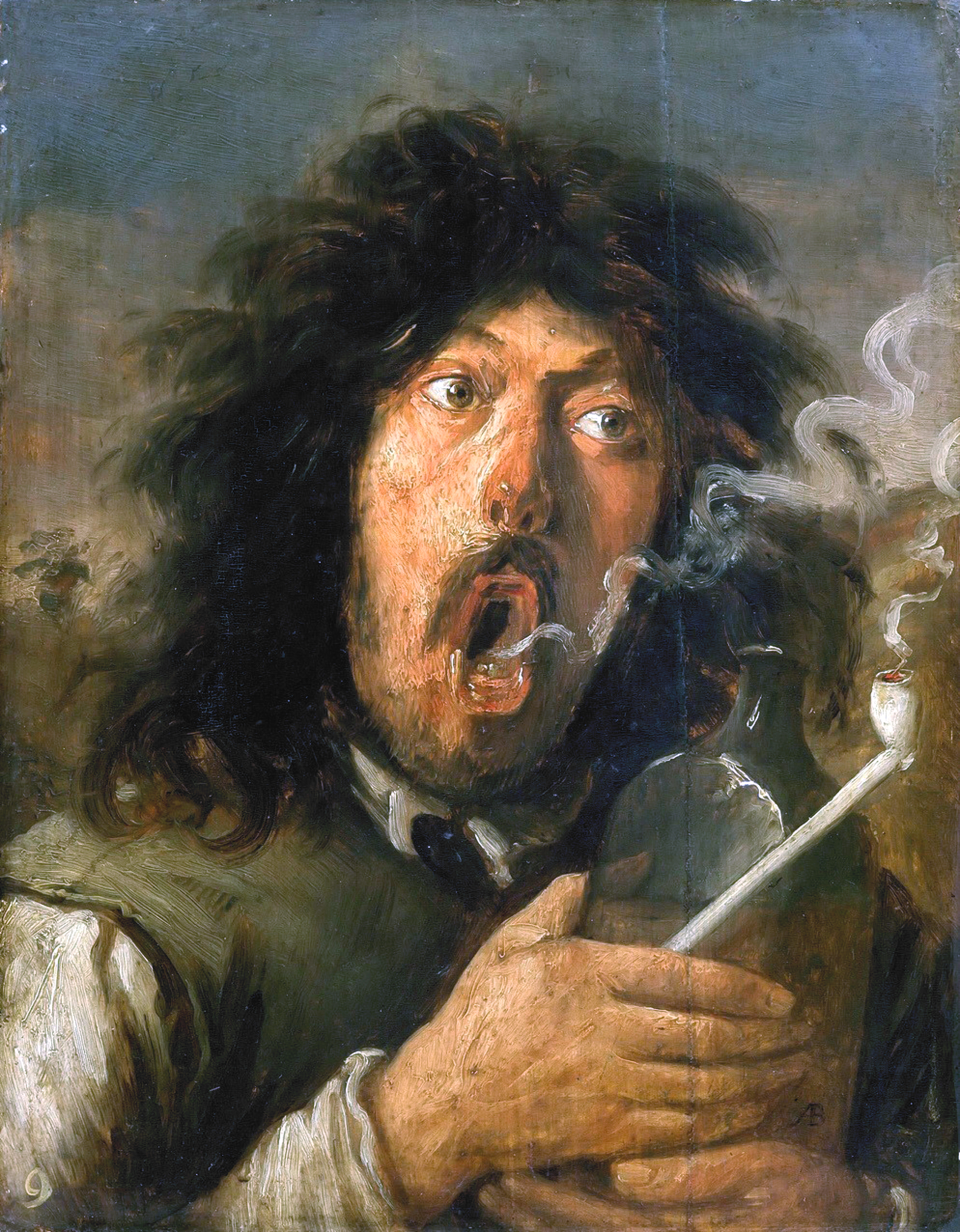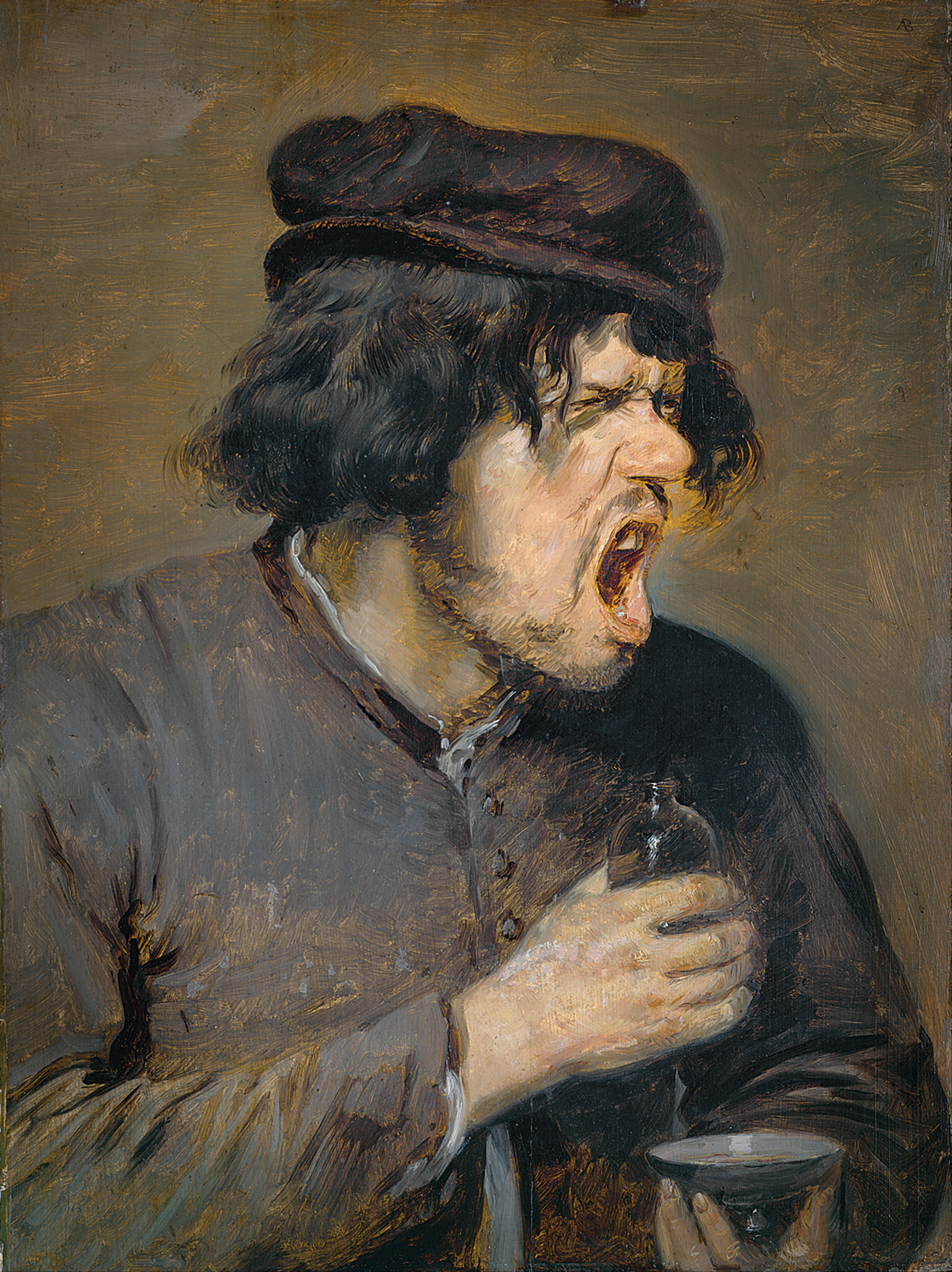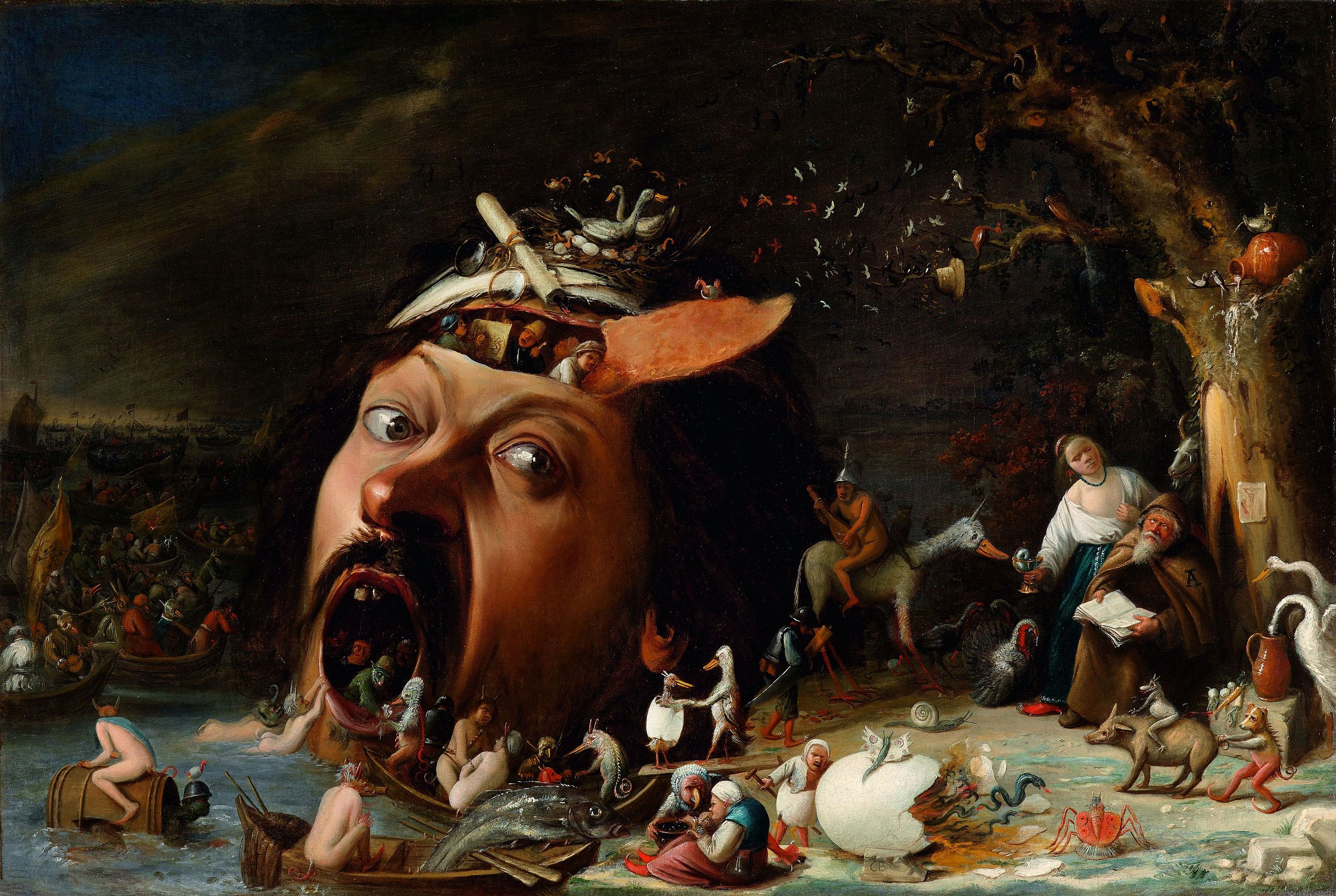|
Tronies
A tronie is a type of work common in Dutch Golden Age painting and Flemish Baroque painting that depicts an exaggerated or characteristic facial expression. These works were not intended as portraits but as studies of expression, type, physiognomy or an interesting character such as an old man or woman, a young woman, the soldier, the shepherdess, the Oriental, or a person of a particular race, etc.Walter Liedtke, ''Vermeer and the Delft School'', New York, 2001, p. 138Dagmar Hirschfelder, ''Tronie und Porträt in der niederländischen Malerei des 17. Jahrhunderts'' Berlin: Mann, 2008, p. 351-359 The main goal of the artists who created tronies was to achieve a lifelike representation of the figures and to show off their illusionistic abiliti ... [...More Info...] [...Related Items...] OR: [Wikipedia] [Google] [Baidu] |
Jan Van De Venne
Jan van de Venne or Jan van der Venne, also known as Pseudo van de Venne (active by 1616 – died before 1651), was a Flemish painter of genre, religious scenes, and cabinets who was court painter to the governors of the Southern Netherlands.'' The Temptation of St Antony'' at the National Inventory of Continental European Paintings Many of his works depict "low-life" genre scenes of tooth-pullers, card-players and players, tronies and expressive religious scenes.Hans Vlieghe (1998). ''Flemish Art and Architecture, 1585–1700''. Pelican History of Art. New Haven: Yale University Press, p. 159. ... [...More Info...] [...Related Items...] OR: [Wikipedia] [Google] [Baidu] |
Adriaen Brouwer
Adriaen Brouwer (, in Oudenaarde – January 1638, in Antwerp) was a Flemish painter active in Flanders and the Dutch Republic in the first half of the 17th century.Adriaen Brouwer at the Konrad Renger. "Brouwer, Adriaen." Grove Art Online. Oxford Art Online. Oxford University Press. Web. Konrad Renger, ''Craesbeeck raesbeke Joos van,'' Grove Art Online. Oxford University Press. Web. 3 January 2016. Brouwer was an important innovator of |
Franchoys Elaut
Franchoys Elaut (baptized 27 August 1589, in Haarlem – buried on 22 September 1635, in Haarlem) was a Dutch still life painter active in Haarlem. He is known for his monochrome banquet style still lifes, merry company paintings and so-called ''tronie''s, i.e. portrait-like paintings of certain facial or figure types or emotions.Franchoys Elaut at the His work shows the influence of other Haarlem painters of his time who painted similar subjects.Fred G. Meijer, ''Een nieuwe kijk op Franchoys Elaut (1589-1635)'', Oud Holland Oud Holland Vol. 109, No. 1/2 (1995), pp. 18-31 Life Franchoys Elau ...[...More Info...] [...Related Items...] OR: [Wikipedia] [Google] [Baidu] |
Dutch Golden Age Painting
Dutch Golden Age painting is the painting of the Dutch Golden Age, a period in Dutch history roughly spanning the 17th century, during and after the later part of the Eighty Years' War (1568–1648) for Dutch independence. The new Dutch Republic was the most prosperous nation in Europe and led European trade, science, and art. The northern Netherlandish provinces that made up the new state had traditionally been less important artistic centres than cities in Flanders in the south. The upheavals and large-scale transfers of population of the war, and the sharp break with the old monarchist and Catholic cultural traditions, meant that Dutch art had to reinvent itself almost entirely, a task in which it was very largely successful. The painting of religious subjects declined very sharply, but a large new market for all kinds of secular subjects grew up. Although Dutch painting of the Golden Age is included in the general European period of Baroque painting, and often shows many of ... [...More Info...] [...Related Items...] OR: [Wikipedia] [Google] [Baidu] |
Joos Van Craesbeeck
Joos van Craesbeeck (''c''. 1605/06 – ''c''. 1660) was a Flemish baker and a painter who played an important role in the development of Flemish genre painting in the mid-17th century through his tavern scenes and dissolute portraits. His genre scenes depict low-life figures as well as scenes of middle-class people. He created a few religiously themed compositions.Konrad Renger, ''Craesbeeck raesbeke Joos van,'' Grove Art Online. Oxford University Press, ccessed 1 March 2015/ref> Life Joos van Craesbeeck was born in Neerlinter (now a village in Flemish Brabant, Belgium). His father was also called Joos and is believed to have been a baker. His mother's name was Gertruid van Callenborch. In 1630 or 1631 Joos van Craesbeeck married Johanna Tielens. His wife's father was a baker but her family also counted artists among its members: the landscape painter Jan Tielens was her uncle while two of her uncles on her mother's side were the sculptors Melchior and Caspar Grison. [...More Info...] [...Related Items...] OR: [Wikipedia] [Google] [Baidu] |
Jacob Dissius
Jacob Abrahamsz. Dissius (1653 - 1695) was a Dutch typographer and printer. He is most notable as an art collector and for his links to Johannes Vermeer - his collection included 21 Vermeer works (including '' The Milkmaid'', '' Portrait of a Young Woman'', '' A Girl Asleep'', '' Woman Holding a Balance'' and ''The Music Lesson'') and in 1680 he married Madgdalene, daughter and sole heir of Vermeer's main patron Pieter van Ruijven. Dissius died in 1695 and his collection was auctioned off in Amsterdam the following year. Biography Jacob Dissius was baptised on 23 November 1653 in Delft as the son of Maria Cloeting and the printer Abraham Dissius. He married Magdalena Pieters van Ruijven, daughter of Pieter van Ruijven, born in 1655. Dissius' father-in-law was one of the wealthier citizens of Delft, and became a patron of Vermeer. She inherited her parents' money and art collection after the death of her mother in 1681. When she died childless in 1682, he inherited her collection o ... [...More Info...] [...Related Items...] OR: [Wikipedia] [Google] [Baidu] |
Wellcome Library
The Wellcome Library is founded on the collection formed by Sir Henry Wellcome (1853–1936), whose personal wealth allowed him to create one of the most ambitious collections of the 20th century. Henry Wellcome's interest was the history of medicine in a broad sense and included subjects such as alchemy or witchcraft, but also anthropology and ethnography. Since Henry Wellcome's death in 1936, the Wellcome Trust has been responsible for maintaining the Library's collection and funding its acquisitions. The library is free and open to the public. History Henry Wellcome began collecting books seriously in the late 1890s, using a succession of agents and dealers, and by travelling around the world to gather whatever could be found. Wellcome's first major entry into the market took place at the auction of William Morris's library in 1898, where he was the biggest single purchaser, taking away about a third of the lots. His interests were truly international and the broad covera ... [...More Info...] [...Related Items...] OR: [Wikipedia] [Google] [Baidu] |
Lucas Franchoys The Younger
Lucas Franchoys the Younger or Lucas Franchoys IIalternative spellings of name: Lucas Franchois, Lucas François, Louis Franchoys (28 June 1616 in Mechelen – 3 April 1681 in Mechelen) was a Flemish Baroque painter from Mechelen, who painted numerous altarpieces and portraits in a style reminiscent of Anthony van Dyck.Hans Vlieghe. "Franchoys." Grove Art Online. Oxford Art Online. Oxford University Press. Web. 4 April 2014 Life  He first learned to paint from his father
He first learned to paint from his father [...More Info...] [...Related Items...] OR: [Wikipedia] [Google] [Baidu] |
National Gallery Of Art
The National Gallery of Art, and its attached Sculpture Garden, is a national art museum in Washington, D.C., United States, located on the National Mall, between 3rd and 9th Streets, at Constitution Avenue NW. Open to the public and free of charge, the museum was privately established in 1937 for the American people by a joint resolution of the United States Congress. Andrew W. Mellon donated a substantial art collection and funds for construction. The core collection includes major works of art donated by Paul Mellon, Ailsa Mellon Bruce, Lessing J. Rosenwald, Samuel Henry Kress, Rush Harrison Kress, Peter Arrell Browne Widener, Joseph E. Widener, and Chester Dale. The Gallery's collection of paintings, drawings, prints, photographs, sculpture, medals, and decorative arts traces the development of Western Art from the Middle Ages to the present, including the only painting by Leonardo da Vinci in the Americas and the largest mobile created by Alexander Calder. The Gall ... [...More Info...] [...Related Items...] OR: [Wikipedia] [Google] [Baidu] |






